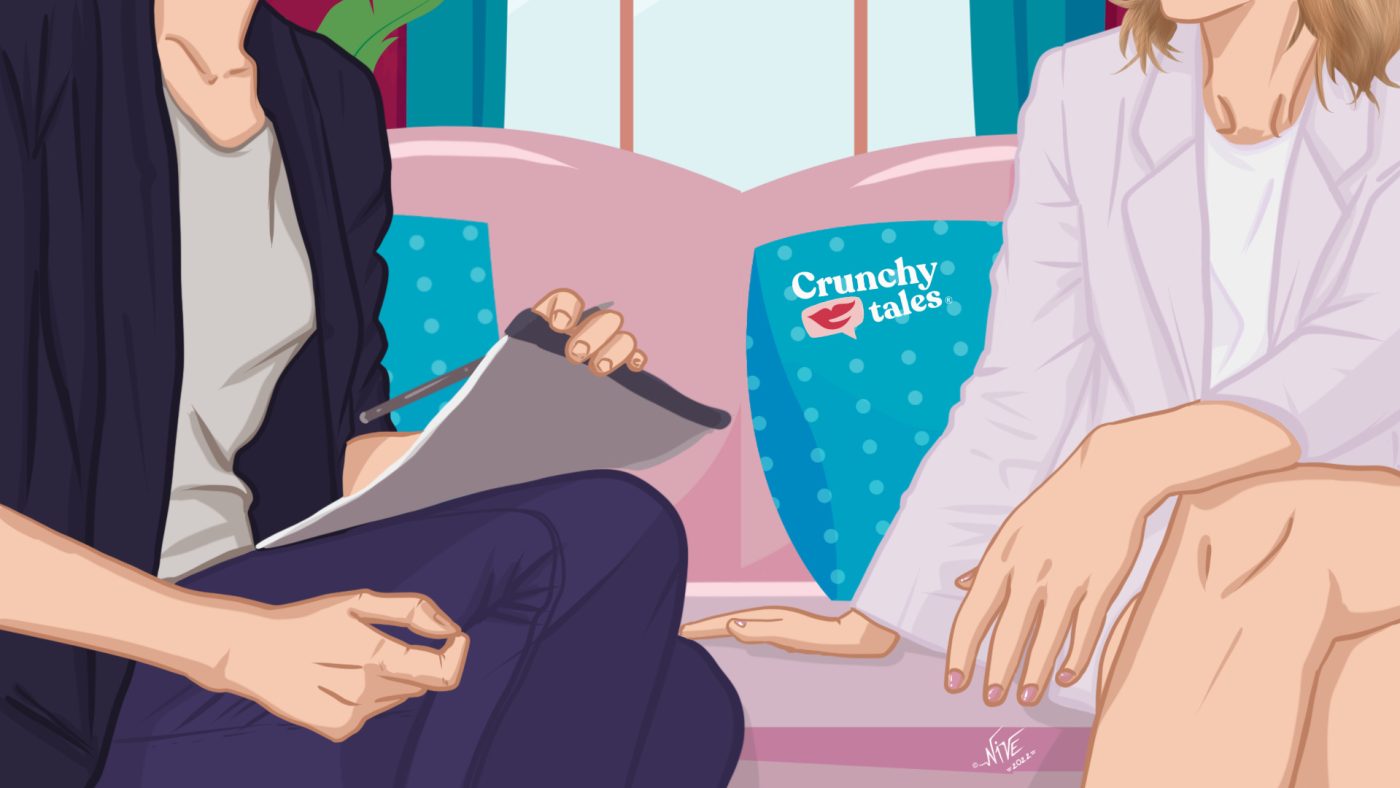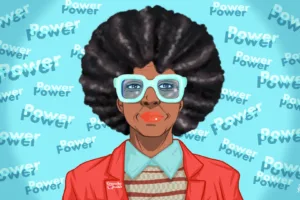Back To Work: How To Explain A Gap In Your Resume When Over 40
Perhaps you have been caring for a family member, relocated to a new city, been laid off, or had personal health issues. Maybe you have been a stay-at-home mum for a while, or simply wanted to expand your horizons for personal growth.
Regardless of whether you have made a personal decision to take a career break voluntarily or you have had one imposed on you for reasons beyond your control, having a gap year on your resume is not seen as a red flag for employers as it used to be in the past.
Gaps are the new normal
Actually, these days, it’s more common than before. In fact, many midlife professionals have taken time off from work for reasons other than the consequences of the global pandemic.
According to a recent LinkedIn survey, amongst women who have taken a career break, 22% cite mental health as their reason for stepping away from their jobs — more than caregiving (13%) or parental leave (13%). Other reasons include medical leave (20%), education (15%) and burnout (13%). In the U.S., 71% of women who took a career break say it helped them gain perspective and figure out what they really want from life, and 52% of hiring managers believe people who take career breaks can restart their careers at any time.
So, while you may be worried about the gap in your resume, employers across industries are actually more concerned about “The Great Resignation”.
Nowadays, most of them would probably be more forgiving than ever and interested in hearing from skilled professionals regarding how they used that time away effectively and how it helped them to improve their careers.
As always, the key to landing a new job – even after a career break- is showing self-confidence and that you never stopped learning, highlighting accomplishments and the valuable skills you can bring to the table, because of (not despite) the gap.
As a midlife woman, it’s important to remember that you will be bringing in a vast amount of experience from all angles of life, which will make your resume stand out more.
Here are some tips and strategies to get back in the game.
Provide context in a cover letter
Rather than waste valuable space on your resume, use the cover letter to explain the reasons behind your employment gap.
According to Career Addict, the best approach is to be upfront and honest regarding what you did and what you learned during that time but be concise. Think carefully about how you phrase the reason for any gaps focusing on skills you learned and how this could potentially benefit future employers.
Take advantage of a different resume layout
The right resume format is critical to getting noticed. Usually, the easiest way to share your experience is using a chronological one, the most common format viewed by employers. However, that may not often work in your favour. In this case, don’t hesitate to adopt a combination resume format that is part functional and part chronological. Fill the top half of the resume with a summary of qualifications and a list of key competencies. Then you can follow that with a chronological list of your work experience.
In March 2022, Linkedin created the ability for you to share career breaks on your profile as they acknowledge that many people have or will experience a career break and that these candidates are untapped potential for employers. If you are not familiar with this platform, go to your Linkedin profile and update your resume by clicking on the section Experience (you will see a + sign). There you will have the choice of adding another position or a career break.
Be transparent about your employment gap
If you’ve been laid off due to the pandemic or health issues, be honest about it. If you try to hide it, recruiters will wonder what else you may be concealing. You also don’t want them to assume you were let go due to lack of job performance or some other reason.
What’s important here is to understand that potential employers will find out about your employment gap – especially if it was a lengthy or recent one. As such, trying to hide it will only damage your application and give recruiters even more reason to believe you are not reliable.
Remember to practice explaining the reason for the gap before the interview. The more comfortable you are, the more confident the hiring manager will be that you are the right person for the job.
If you’ve been made redundant, it’s better to say that you are proud of everything you achieved in the position, rather than to be rude about your previous employer and their reasons for letting you go.
If you have been a stay-at-home mum for a while, tell them “I was raising children” — but don’t assume interviewers will want to hear all about it. Avoid providing too much information, especially if it isn’t relevant to your qualifications for the job, and instead assure the interviewer that you’re very excited to return to work and advance your career development.
Overall, don’t be discouraged by that gap year. Don’t forget midlife women can bring better judgement and skills to the workforce than they did when they were younger, as well as adding to the diversity of thought and perspective of their organisations.
Like this post? Support Us or Sign up to our newsletter to get more articles like this delivered straight to your inbox!






